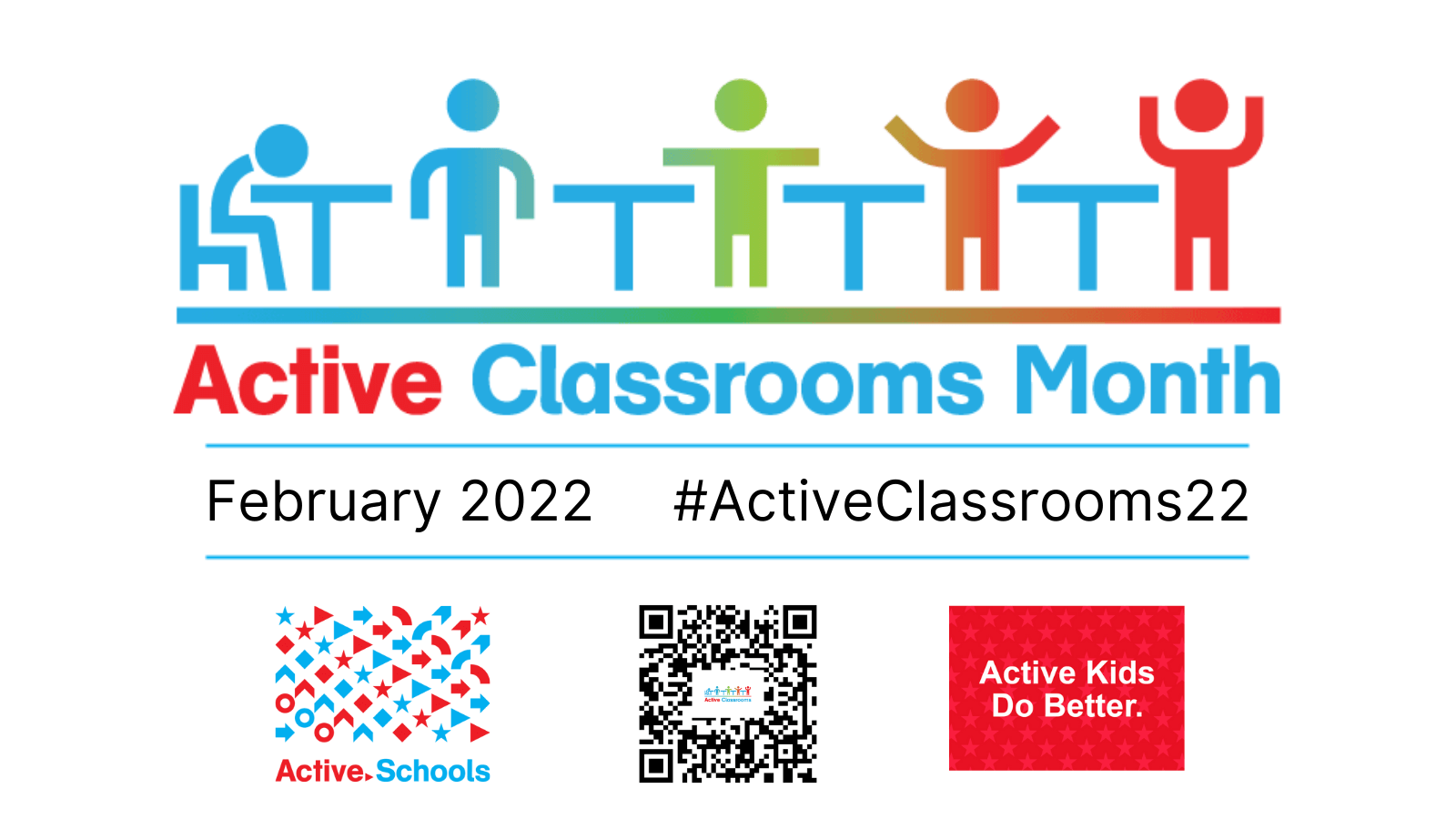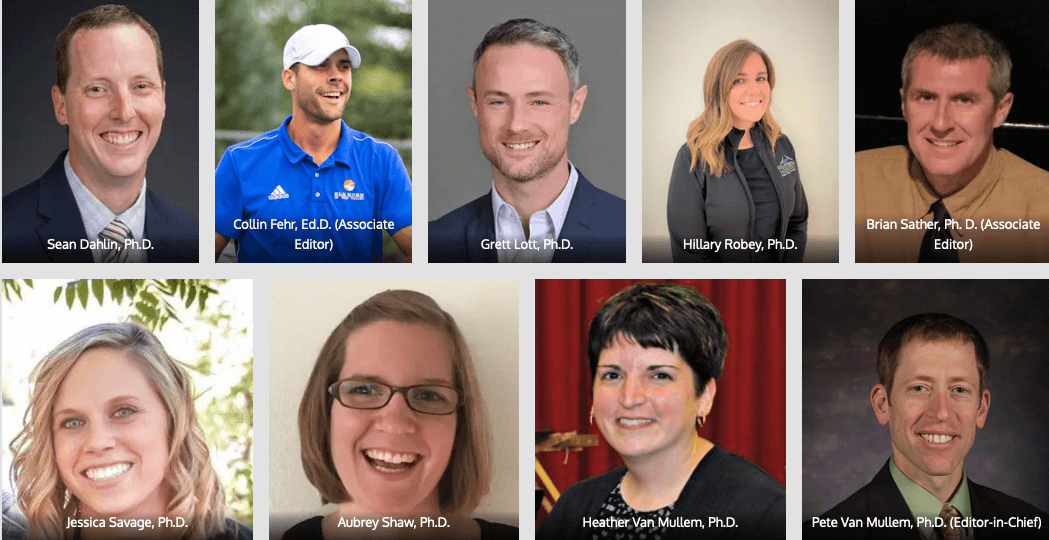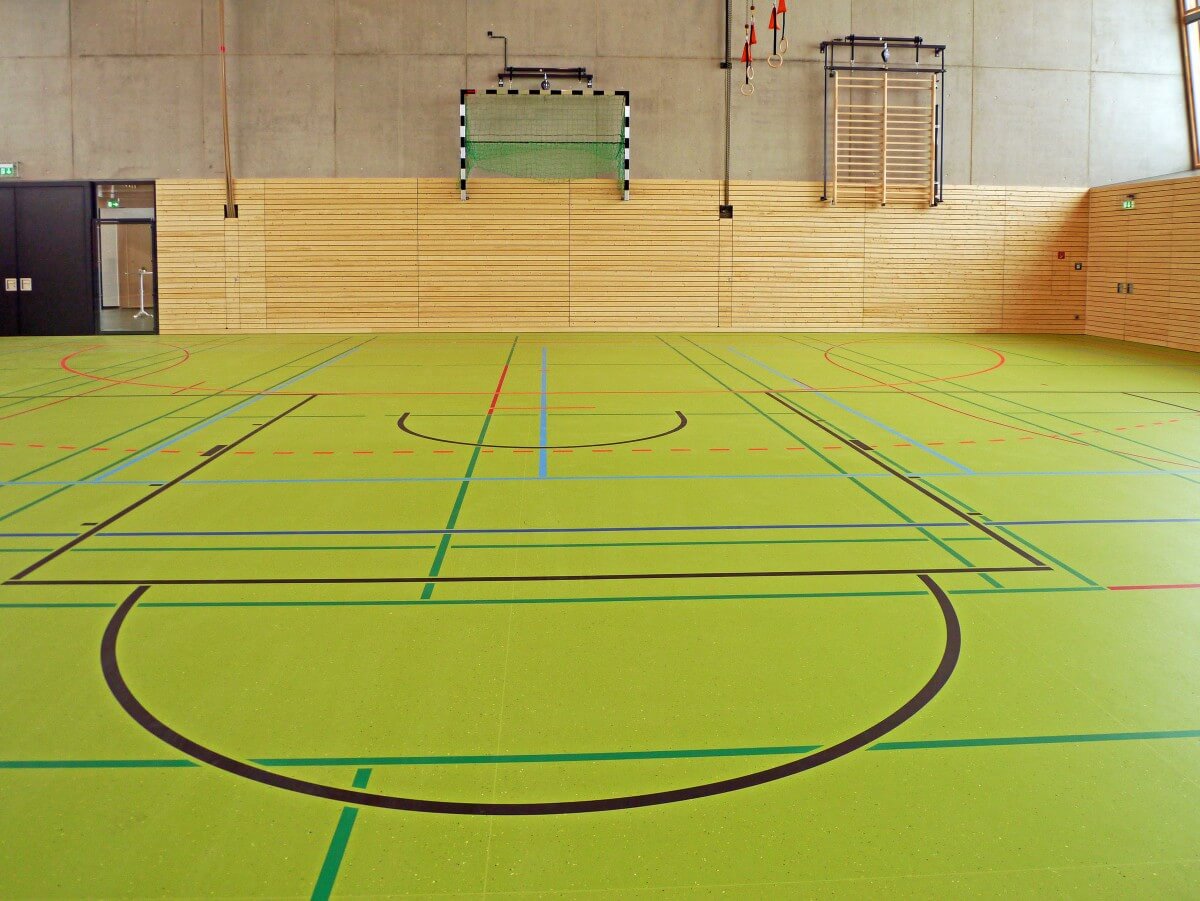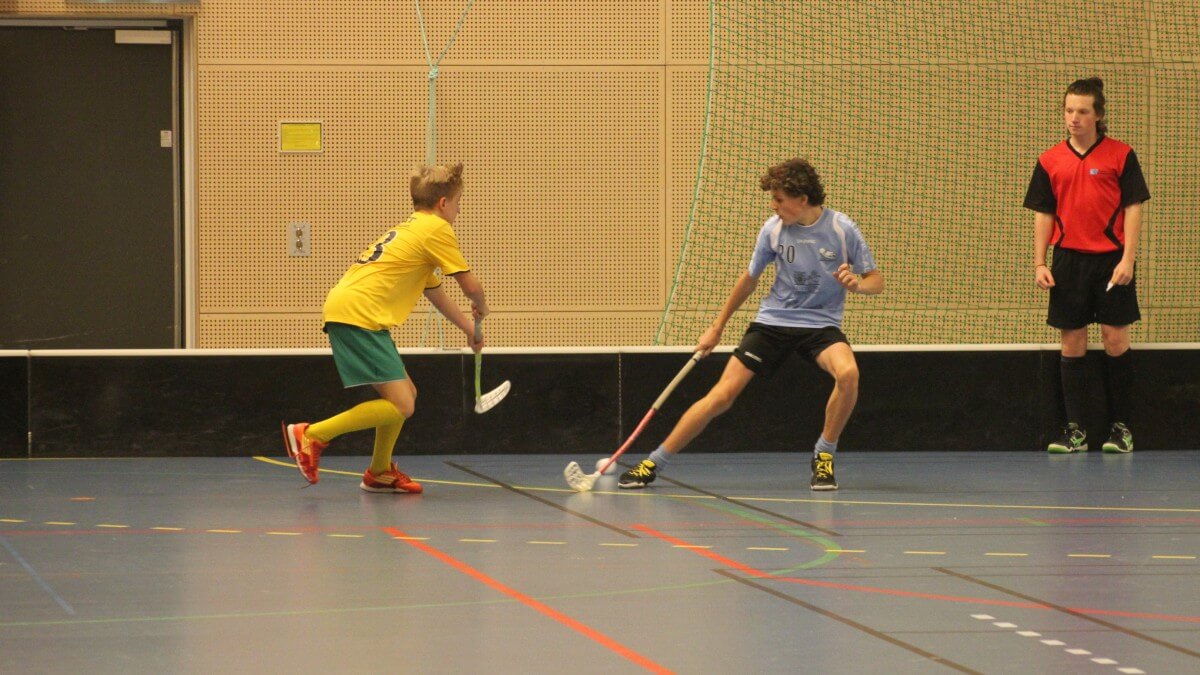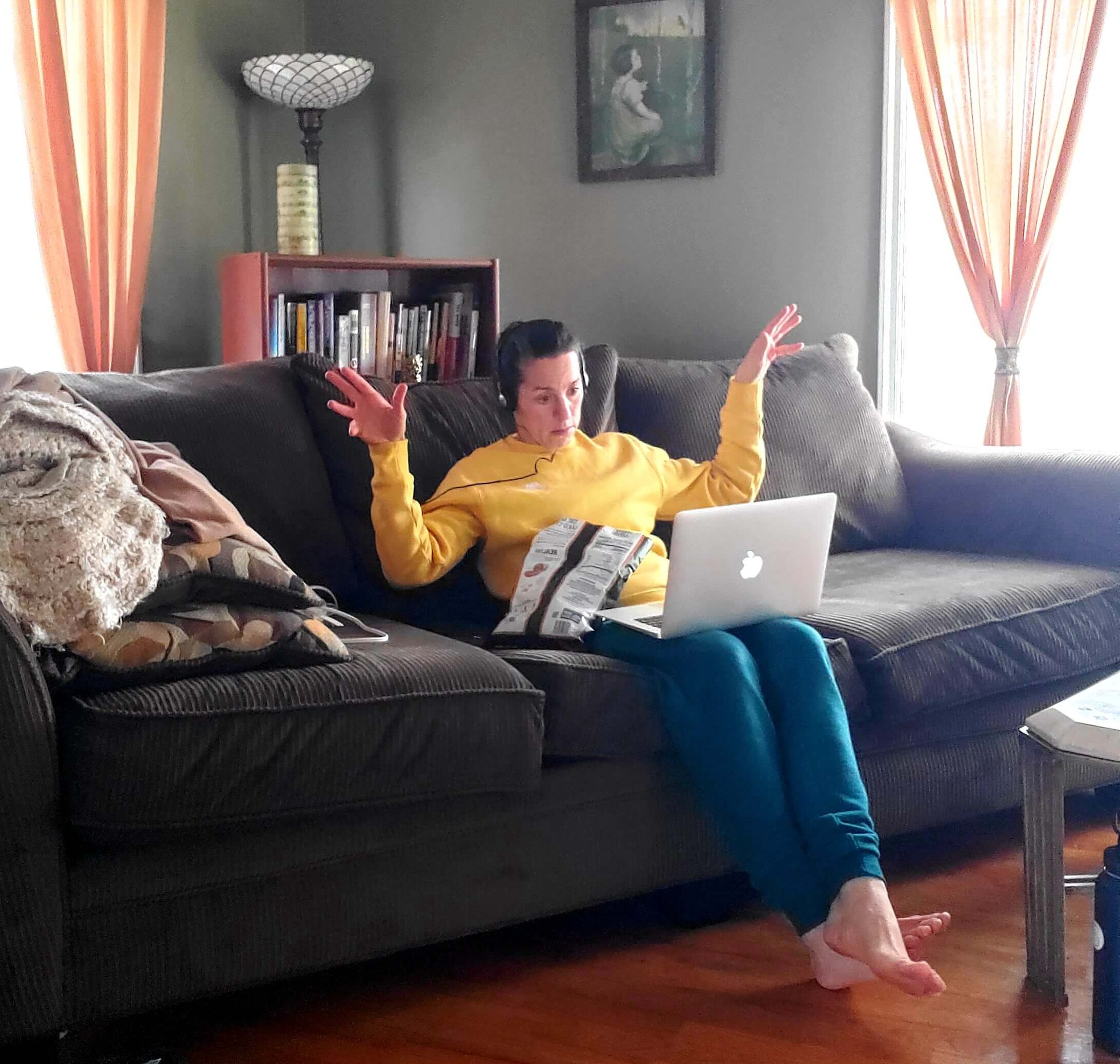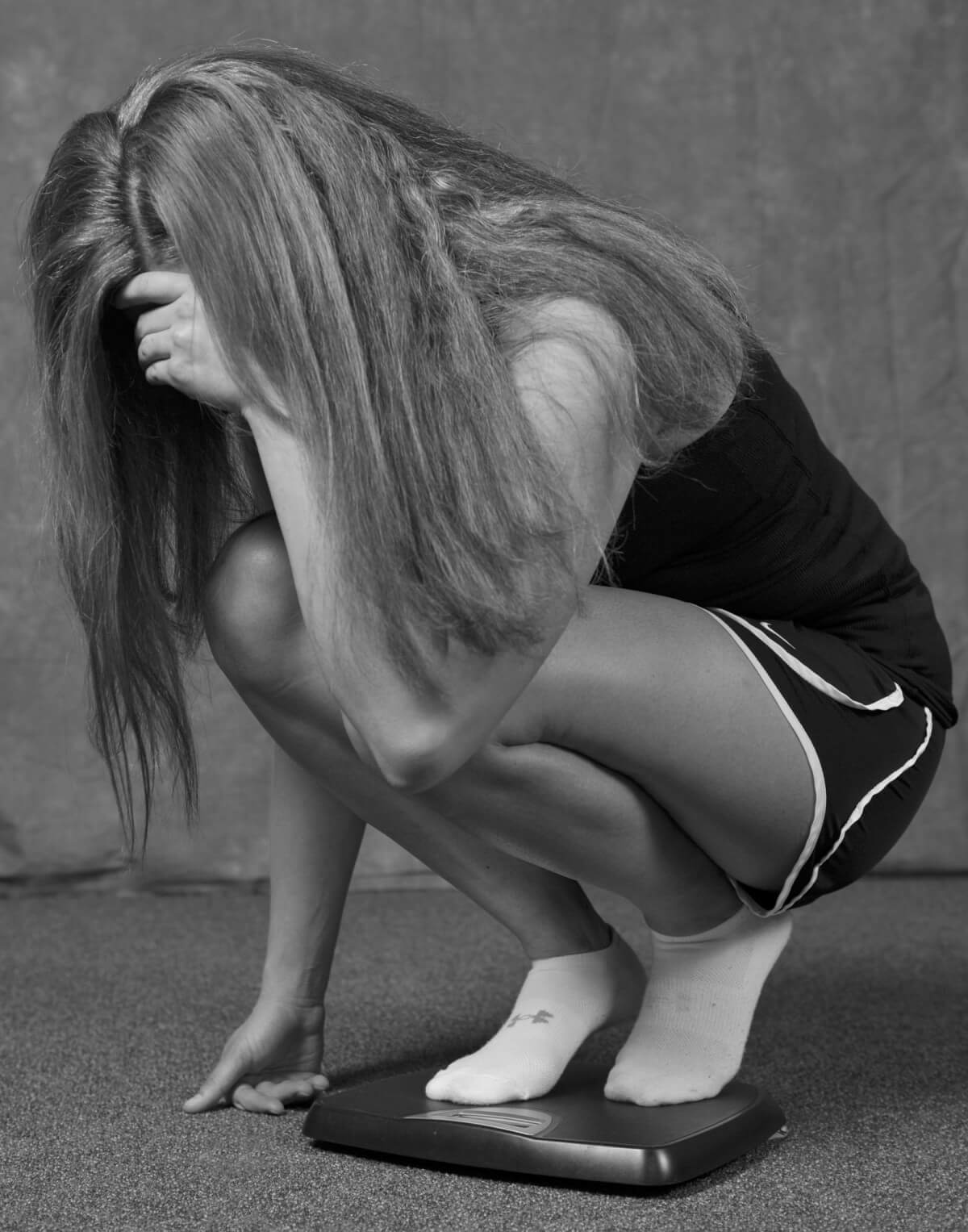
Recently, an article surfaced exposing the culture of body shaming and disordered eating at the University of Oregon (OU), one of the most prestigious track and field programs in the NCAA. The female athletes interviewed discussed how the coaching staff used DEXA scans, which measures one’s bone density and body fat percentages, to determine their training programs (Goe, 2021). The Director of Track and Field, Robert Johnson stated, “Track is nothing but numbers. A good mathematician probably could be a good track coach” (Goe, 2021). Johnson’s perspective showcases society’s obsession with the objective experience defined by the numerical outcome. By solely allowing the numbers on the DEXA scan results to dictate one’s training, the human element is being completely ignored. However, practices like using DEXA scans and other objective measures to enhance performance are defended because of the “win-at-all-costs” culture plaguing sports. Johnson has won a lot; 14 NCAA national championships and multiple Olympians have emerged from UO’s program. Some people believe that if an athlete wants to be the best, aspire to be an Olympian, then the experiences of the UO athletes is “the price one has to pay” to be the best. Though, when is sacrificing one’s wellbeing worth the risk?

The “win-at-all-costs” culture is driven by money, power, and success, which makes coaches, athletes, and administrations focus on one part of the experience – winning. And if a team is not winning, then changes on the roster occur and coaches are fired; new coaches are hired but only given a couple of years to build a winning culture, otherwise, they are fired, and the vicious cycle continues. The athletes ultimately suffer the consequences of the cycle. The athletes know, feel, and learn to believe (if they do not already before college), that the only aspect of sport they should care about is winning. For many teams, success is not about the athlete’s personal growth and journey, but whether they won or were part of a winning team. Thus, the objective experience seems to be the only part of their collegiate athlete experience that is discussed and emphasized.
